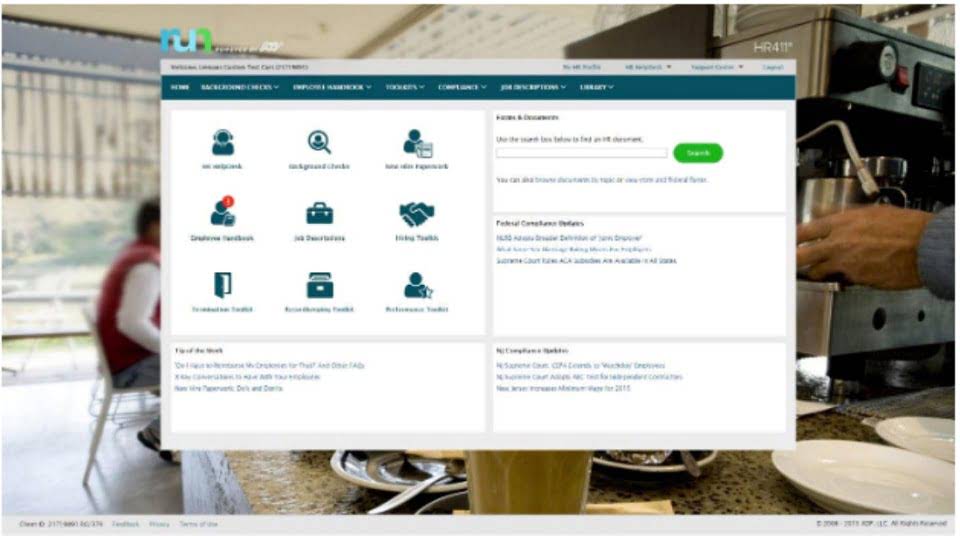Key Financial Ratios to Analyze Retail Banks

Because a large percentage of bank assets are loans, regulators consider both the source of loan repayment and the underlying value of the collateral when assessing their risk. Riskier assets, such as unsecured loans, are assigned a higher risk weight than assets such as cash and Treasury bills. The higher the amount of risk an asset possesses, the higher the regulatory capital requirements. In banking, it’s vital that measures are in place to ensure that banks have enough funds to honor their financial obligations regardless of any risks, financial struggles, or investments that arise. income statement That’s where bank regulatory ratios and capital requirements come into play. While the Debt to Asset Ratio is a helpful tool for understanding a company’s financial position, it’s not without its limitations.
Measuring Loan Performance through Non-Performing Loan Ratio
- Debt service coverage ratio, or DSCR, measures the ability of a company to use its operating income to repay all its debt obligations.
- To calculate the liquidity coverage ratio, you must divide the high-quality liquid asset amount by the total net cash outflow amount.
- This is because a 0% ratio means that the firm never borrows to finance increased operations, which limits the total return that can be realized and passed on to shareholders.
- While this strategy can lead to higher returns, it also requires robust risk management practices to handle potential defaults.
- In other words, banking ratios for financial strength measure the solvency of a bank.
- The cost of total deposits is an important tool to assess a bank’s financial performance.
Risk-adjusted return on capital (RAROC) is a key tool for assessing a bank’s financial performance. The cash flow can be highly volatile, which is why it is not considered a good measurement metric for the banking industry because it is tough to predict from quarter to quarter. Calculating the return on assets or ROA for these loans makes it relatively easy to gauge a bank’s performance. The higher the loan-to-assets ratio, the more income that particular bank derives from making new loans.
Is the debt-to-assets ratio a profitability ratio?
The limitations of this study are the limitations of the processed data and the variables used. This study would be helpful to the equity investment community, as material consideration for inves… One of the most important financial metrics for startups is the loan to asset ratio, which measures how much debt a company has relative to its assets. A high loan to asset ratio indicates that a company is heavily leveraged and may face difficulties in repaying its obligations. A low loan to asset ratio suggests that a company has more equity than debt and can use its assets as collateral for future borrowing.
- This system can process vast amounts of applicant data to determine creditworthiness more accurately than traditional methods.
- They use equipment and machinery to produce products, inventory to entice new buyers, cash to pay suppliers, and investments to get passive earnings.
- It can reduce the interest expense of the startup, which can increase its net income and cash flow.
- Companies also turn to loans and credit cards for different goals, such as supporting cash flow needs or paying for unexpected expenses.
- As its name suggests, the liquidity coverage ratio measures the liquidity of a bank.
Total Debt-to-Total Assets Ratio: Meaning, Formula, and What’s Good

In other words, it shows what Accounting for Technology Companies percentage of assets is funded by borrowing compared with the percentage of resources that are funded by the investors. To illustrate, consider Bank A with a loan to asset ratio of 70%, which suggests that it has extended loans amounting to 70% of its total assets. Non-Performing Loans (NPLs) – NPLs are loans where the borrower has stopped making payments, and the bank is unable to recover the debt.
Financial Crises That Led to the Creation or Alteration of Capital Requirements
For example, a trend of increasing leverage use might indicate that a business is unwilling or unable to pay down its debt, which could signify issues in the future. Measuring loan performance through non-performing loan ratio is crucial to determine the quality of a bank’s loan portfolio. A high NPL ratio indicates that the bank is facing difficulties in collecting payments from its borrowers, which may lead to financial challenges. Banks implement risk management strategies to reduce their NPL ratios, and comparing a bank’s NPL ratio to the industry average can provide insights into the bank’s loan portfolio quality. In the dynamic landscape of small business financing, the loan to asset ratio not only serves as a barometer for financial health but also as a strategic tool for growth. By meticulously managing this ratio, businesses can navigate through the ebbs and flows of economic cycles, ensuring they remain competitive and agile.

- The ideal GLTA ratio varies depending on the bank’s business model, risk appetite, and market conditions.
- Net interest margin reveals a bank’s net profit on interest-earning assets, such as loans or investment securities.
- Because the total of your debts and estimated mortgage is $3,328, and you have $8,000 in monthly income, your debt-to-income ratio is 41.6%.
- In the realm of financial innovation, the metric of loan to asset ratio has emerged as a pivotal indicator for assessing the risk and growth potential of lending institutions.
- These indicators provide insights into the bank’s loan portfolio and the quality of assets it holds.
But have you ever wondered what’s going on behind the scenes when you apply for a loan or credit? Chances are, the lender is reviewing your application package, including your credit history and score. For businesses, one of those metrics is the debt-to-asset ratio, and for individuals, the debt-to-income ratio. loan to asset ratio A GLTA ratio of 50% indicates that half of the bank’s assets are allocated to loans. This suggests a balanced approach to lending, with the bank maintaining significant liquidity while actively engaging in lending activities.
- Loan to deposit ratio is a crucial metric that helps in evaluating a bank’s lending practices.
- A simple rule regarding the debt-to-asset ratio is that the higher the ratio, the higher the leverage.
- In terms of risk, ratios of 0.4 (40%) or lower are considered better ones.
- The debt-to-asset ratio tells you whether the company can cover their debts or is financially unstable.
- If banking regulatory capital ratios are calculated and used correctly, they’ll set up a structure that will ensure banks always have enough funds to service their obligations.
- Common ratios used are the net interest margin, the loan-to-assets ratio, and the return-on-assets (ROA) ratio.
What is the debt-to-asset ratio?

The company is financing most of its assets through equity rather than high levels of debt. A low debt to asset ratio usually implies the company is being run conservatively and has capacity to take on more debt if required for growth. An ideal debt to asset ratio explains the part of the capital structure of the company that has been financed through the loan.
